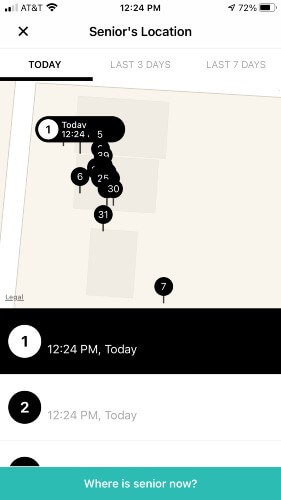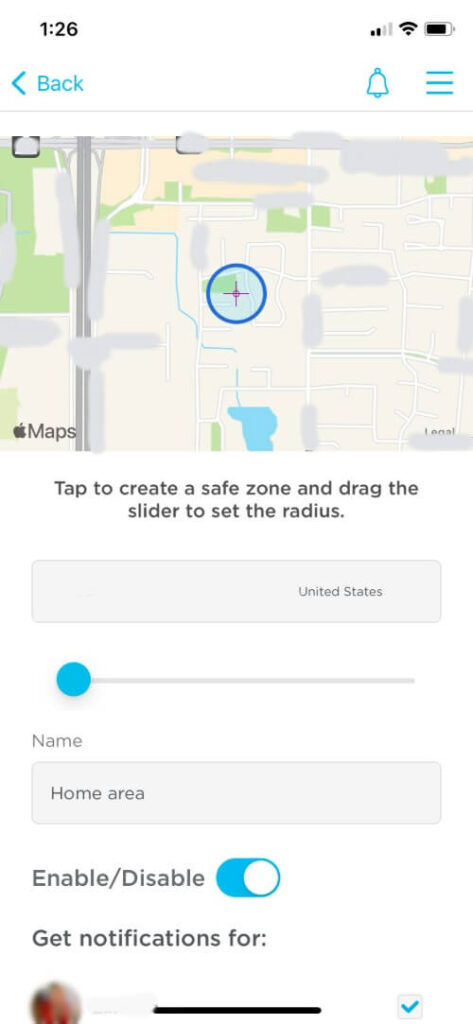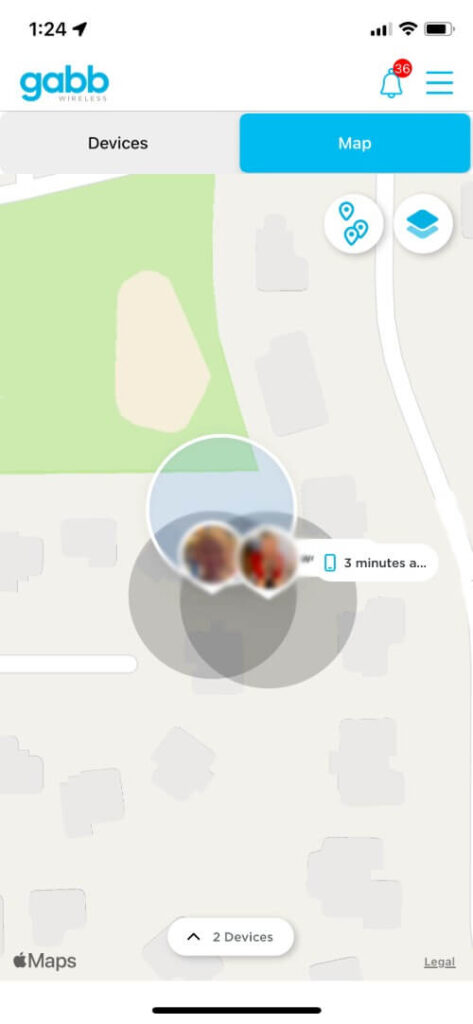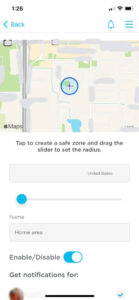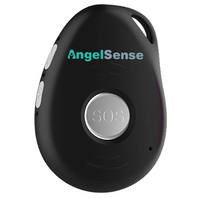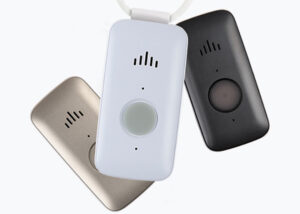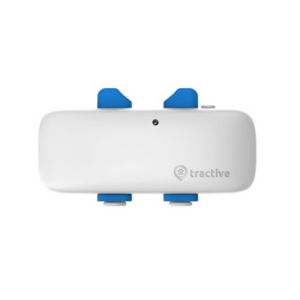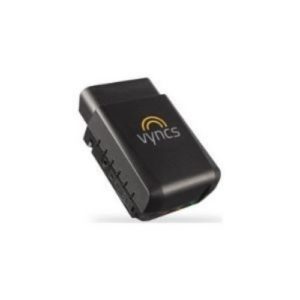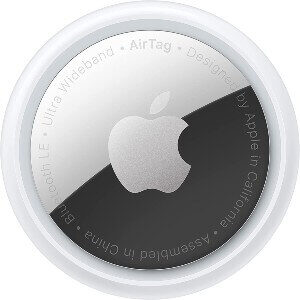The data at the heart of a GPS signal is time—specifically, the exact time the signal left the satellite. The receiver then logs the exact time it gets the signal, and the time difference is computed to a distance.
The receiver’s location can be estimated with 95% accuracy after measuring its distance to at least four satellites.
(If you’re looking for a more technical explanation, we recommend reading The Mathematics of GPS Receivers.)
Originally developed for military purposes during the Cold War, the phrase GPS refers only to 31 satellites operated by the US. A few other countries or entities have their own versions of GPS—collectively called Global Navigation Satellite Systems (GNSS).
Russia, China, India, Japan, and the European Union are the only other countries/entities with their own GNSS—undoubtedly because it costs a lot of money to send satellites into space. Each country has its own acronym or nickname for its satellite constellation:1
- China: BeiDou (35 satellites, global coverage)
- EU: Galileo (30 satellites, global coverage)
- India: NavIC (8 satellites, regional coverage)
- Japan: QZSS (4 satellites, regional coverage)
- Russia: GLONASS (24 satellites, global coverage)
You don’t have to stay in the US to use GPS-enabled devices—GPS offers worldwide coverage, as do GLONASS, BeiDou, and Galileo.
But that doesn’t mean every single GPS-enabled device works abroad. If the device uses “assisted GPS” technology, it also uses a SIM card to connect to cellular networks—and those aren’t global.
